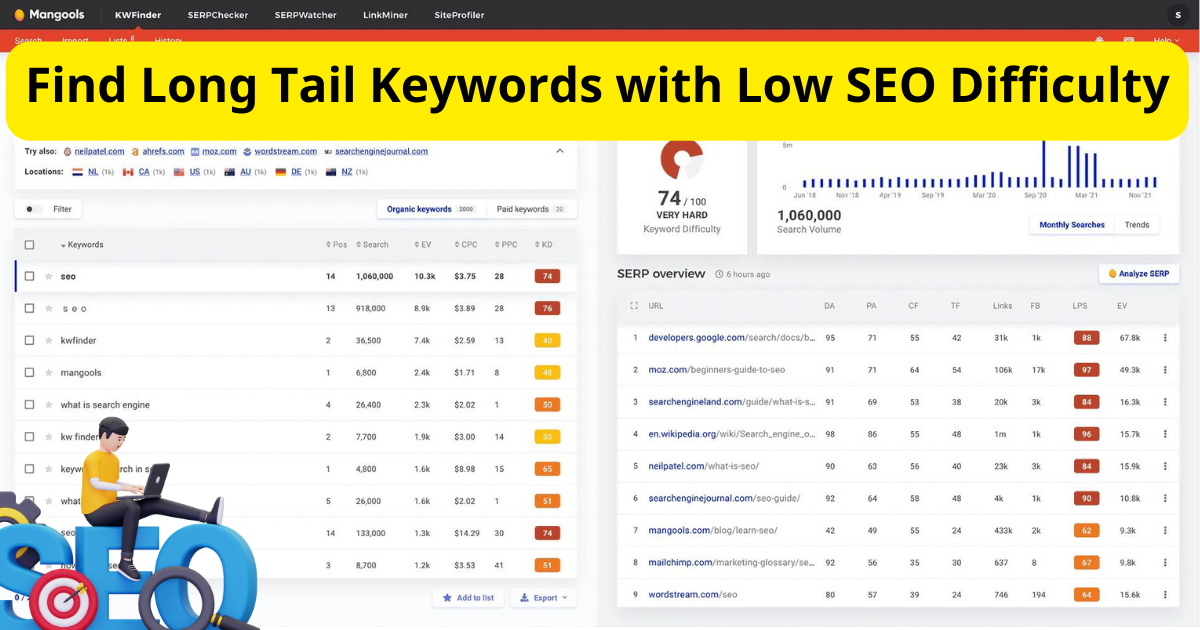
Volume Converter
A volume converter is a powerful tool that simplifies the process of converting between different units of volume.
Introduction to Volume Converter
Volume is a fundamental measurement in various fields, from cooking and baking to science and engineering. A volume converter is a tool that allows you to easily convert between different units of volume, ensuring accurate measurements and facilitating seamless communication across different systems. Whether you're a chef preparing a recipe, a scientist conducting an experiment, or an engineer working on a construction project, understanding how to use a volume converter is essential for achieving precise results.
Types of Volume Units
There are several types of volume units used around the world, each with its own unique characteristics and applications. The most common units are:
US Customary Units
- Fluid ounces (fl oz)
- Cups (c)
- Pints (pt)
- Quarts (qt)
- Gallons (gal)
Metric Units
- Milliliters (mL)
- Liters (L)
- Cubic centimeters (cm³)
Imperial Units
- Imperial fluid ounces
- Imperial pints
- Imperial quarts
- Imperial gallons
Understanding the differences between these units and their conversion ratios is crucial for accurate volume conversions.
How to Use a Volume Converter
Using a volume converter is a straightforward process that involves a few simple steps:
-
Identify the units you want to convert from and to. For example, you might want to convert from milliliters to fluid ounces.
-
Enter the value you want to convert. For instance, if you have 500 milliliters, you would enter "500" in the appropriate field.
-
Select the conversion units. In this case, you would choose "fluid ounces" as the target unit.
-
Obtain the result. The volume converter will instantly provide the equivalent value in the selected unit, which in this example would be approximately 16.91 fluid ounces.
Conversion Ratios and Formulas
To perform volume conversions manually, you need to know the conversion ratios between different units. Some common conversion ratios include:
- 1 cup = 8 fluid ounces
- 1 pint = 2 cups
- 1 quart = 2 pints
- 1 gallon = 4 quarts
- 1 liter = 1000 milliliters
- 1 cubic centimeter = 1 milliliter
You can also use conversion formulas to calculate the volume of regular-shaped objects. For example, the formula for the volume of a cube is:
$$V = s^3$$
Where $$V$$ is the volume and $$s$$ is the length of one side of the cube.
Applications of Volume Conversions
Volume conversions are essential in various fields and everyday situations:
Cooking and Baking
Recipes often call for ingredients measured in different units, such as cups, tablespoons, or milliliters. Using a volume converter ensures that you accurately measure the required amounts, leading to successful culinary outcomes.
Science and Laboratory Work
Scientists and researchers rely on precise volume measurements when conducting experiments, preparing solutions, or analyzing samples. Accurate conversions are crucial for obtaining reliable results and maintaining consistency across different studies.
Construction and Engineering
In construction and engineering projects, volume calculations are necessary for estimating material quantities, such as concrete or insulation, and ensuring proper sizing of components like pipes or tanks.
Everyday Life Situations
Volume conversions are also useful in everyday situations, such as when measuring ingredients for homemade cleaning products, calculating the capacity of a water bottle, or determining the volume of a container for storage purposes.
Tips for Accurate Volume Conversions
To ensure accurate volume conversions, keep the following tips in mind:
-
Always use precise measurements. Estimating or rounding values can lead to significant errors in the final result.
-
Pay attention to rounding and significant figures. When reporting converted values, use the appropriate number of significant figures based on the accuracy of the original measurement.
-
Be aware of potential conversion errors. Mixing up units (e.g., confusing milliliters with liters) or using outdated conversion factors can result in inaccurate conversions.
Online Volume Converter Tools
Online volume converter tools offer a convenient and efficient way to perform conversions. These tools typically feature:
- A user-friendly interface for easy input and output of values
- A comprehensive list of volume units for conversion
- Instant results without the need for manual calculations
- The ability to convert between multiple units simultaneously
Using an online volume converter eliminates the risk of calculation errors and saves time, making it an invaluable resource for anyone who frequently deals with volume measurements.
Volume Conversion Examples
Let's explore some practical examples of volume conversions:
-
Converting between US Customary Units
- 1 cup = 8 fluid ounces
- 1 pint = 2 cups = 16 fluid ounces
- 1 quart = 2 pints = 4 cups = 32 fluid ounces
- 1 gallon = 4 quarts = 8 pints = 16 cups = 128 fluid ounces
-
Converting between Metric Units
- 1 liter = 1000 milliliters
- 1 cubic centimeter = 1 milliliter
-
Converting between US Customary and Metric Units
- 1 cup = 236.59 milliliters
- 1 fluid ounce = 29.57 milliliters
- 1 gallon = 3.79 liters
-
Converting between US Customary and Imperial Units
- 1 US fluid ounce ≈ 0.96 Imperial fluid ounces
- 1 US pint ≈ 0.83 Imperial pints
- 1 US quart ≈ 0.83 Imperial quarts
- 1 US gallon ≈ 0.83 Imperial gallons
These examples illustrate the relationships between different volume units and provide a starting point for performing more complex conversions.
Frequently Asked Questions (FAQs)
-
What is the difference between volume and capacity? Volume refers to the amount of three-dimensional space occupied by an object, liquid, or gas. Capacity, on the other hand, is the maximum amount that a container can hold. While related, these terms are not interchangeable.
-
How do I convert between fluid ounces and milliliters? To convert fluid ounces to milliliters, multiply the fluid ounce value by 29.57. For example, 8 fluid ounces = 8 × 29.57 = 236.56 milliliters.
-
Can I use a volume converter for irregular-shaped objects? Volume converters are primarily designed for converting between different units of volume. To determine the volume of an irregular-shaped object, you would need to use a displacement method or calculate the volume based on the object's dimensions.
-
How do I convert between US cups and metric cups? 1 US cup is approximately equal to 236.59 milliliters or 0.24 liters. However, it's important to note that the term "cup" can vary in different countries and contexts. When converting between US and metric cups, always specify the type of cup to ensure accurate conversions.
-
Is there a universal conversion factor for all volume units? There is no single universal conversion factor that applies to all volume units. Each pair of units has its own unique conversion ratio based on the specific definitions and relationships between them. Using a volume converter or referring to conversion tables is the most reliable way to perform accurate conversions between different units of volume.
Conclusion
Volume converters are invaluable tools that simplify the process of converting between various units of volume. By understanding the different types of volume units, learning how to use a volume converter, and applying conversion ratios and formulas, you can ensure accurate measurements in a wide range of applications. Whether you're a professional working in a specific field or an individual dealing with everyday volume-related tasks, mastering the use of a volume converter can save time, prevent errors, and facilitate effective communication.
Citations: [1] https://www.inchcalculator.com/convert/volume/ [2] https://www.online-calculator.com/volume-converter/ [3] https://aicontentfy.com/en/blog/boost-seo-with-search-volume-generator [4] https://www.geeksforgeeks.org/volume-converter/ [5] https://www.onlineconversion.com/volume.htm [6] https://tedigitalmarketing.com/seo/tips-for-improving-conversion-rates/ [7] https://www.unitconverters.net/volume-converter.html [8] https://online.visual-paradigm.com/spreadsheet-editor/calculator/unit-converters/volume-converter/ [9] https://agencyanalytics.com/kpi-definitions/keyword-volume [10] https://www.calculatorsoup.com/calculators/conversions/volume.php [11] https://www.unitconverters.net [12] https://searchengineland.com/9-tips-for-converting-more-organic-traffic-434866 [13] https://www.youtube.com/watch?v=bk4EuCo2b_o [14] https://safesttools.com/volume-converter [15] https://www.mathsisfun.com/volume-conversion.html [16] https://www.gigacalculator.com/converters/volume/ [17] https://math.stackexchange.com/questions/1617348/how-to-use-the-metric-conversion [18] https://www.msftech.net/volume-converter [19] https://www.bbc.co.uk/bitesize/guides/z3g4qhv/revision/9








